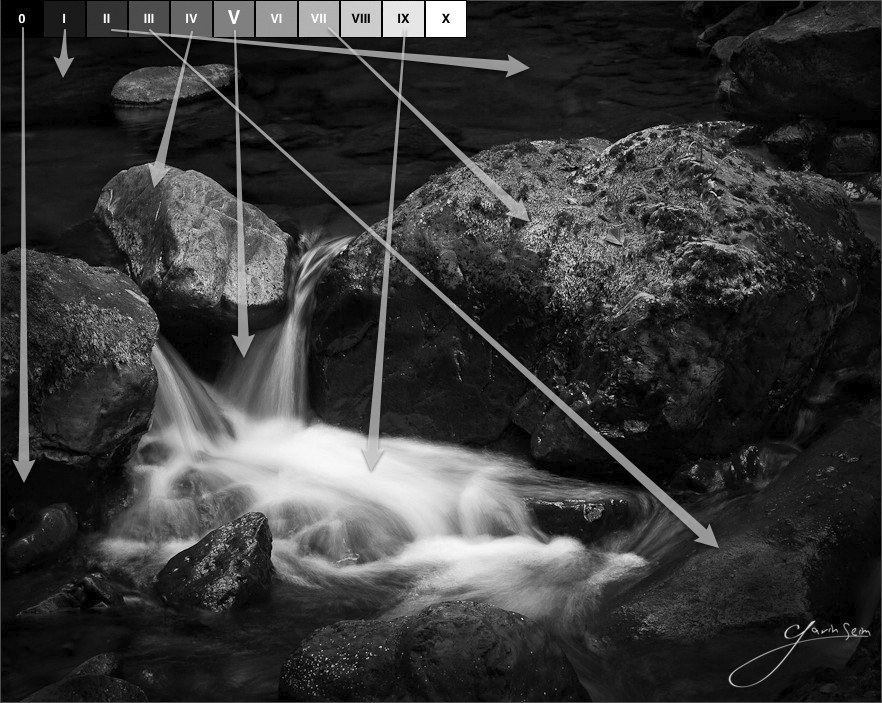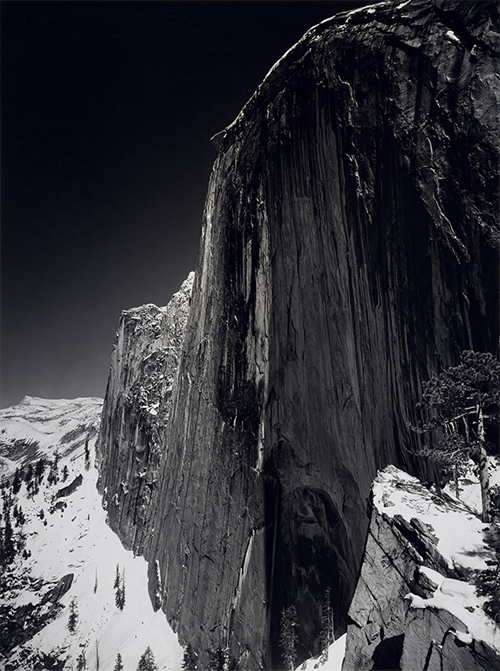Ansel Adams was recognised for his monochromatic landscape photos. He formulated a zone system, from which he attempted to encapsulate each of the 11 zones into his photography.

Adams grew up and was tutored at home. The lack of interaction with others may have led to his interest in nature. He became an environmentalist, meaning he was passionate about protecting the wildlife and the natural environment. He aimed to encourage the conservation of nature and the wilderness through the use of his camera and the photographs he produced, allowing people to see the sublime power of nature.
Adams techniques
For his work, Adams used numerous different colour filters in order to achieve the tonal effect he was aiming for. He also spent a lot of time in the darkroom to develop a singular image, painting onto the enlarger the areas of the photo he thought should be darker or lighter than others- A method otherwise known as dodging and burning that he used to cover all aspects of his zone system.

Photo analysis

Monolith, The Face of Half Dome, Ansel Adams.
The composition of Adams’ image creates an atmospheric perspective. Having a small cliff edge in the foreground (and in the bottom third) aids in the sublime portrayal of the cliff face behind as it places the spectator where Adams would’ve taken the photo and highlights how the cliff face towers over everything in the image. It’s the only thing present in the top two thirds, illustrating how colossal the cliff face is.
The prolonged exposure on his camera allowed for Adams to produce highly contrasted images. This particular photo covers all 11 zones of his own developed zone system, with the darkest areas being a main focus in the center of the image. The light intensity is low at the top of the image (the sky), which makes the image quite dramatic as dark skies are unnerving and usually associated with storms and discomfort.
The lack of colour in his tonal imagery allows the spectator to focus on individual shapes and formations in the cliffs within the photo. If the image was in colour, the greens of the trees would divert the attention from the cliff face, in turn affecting the overall powerful aspects of his image.
Being an environmentalist, Adams wanted to preserve the beauty of nature in his photographs and advocated the protection of natural environments and landscapes. By producing images like this that are striking helps him to convey the sublimity of nature to the spectator.
